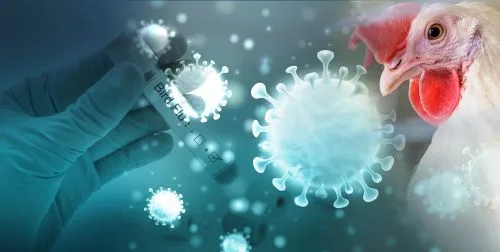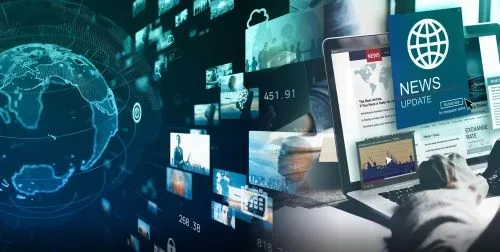We live in the information age. When it comes to protecting your business from biorisks, that fact can be both a blessing and a curse. When you’re constantly surrounded by noise, how do you pinpoint genuine signals that point to threats? Sometimes, this can feel like finding a needle in a haystack.
Identifying threats in a timely and accurate way is essential for any enterprise’s risk management. As our world becomes increasingly interconnected, we have more access to both high-quality information and low-quality information. The good news? The need for accurate, timely, and reliable detection of biorisks has given rise to innovative solutions like the PHC Global Threat Tracker.
Why Is It So Hard To Get Advance Warning for Real Biorisks?
Wouldn’t it be great if biorisks would announce themselves clearly? Unfortunately, as the COVID-19 pandemic reminded us, information often moves around the globe more slowly than a novel threat. When information finally arrives, it’s hard to know how reliable it really is.
Too often, biorisks can be seen first through indirect indicators or proxy signals. Unfortunately, proxy signals can be hard to act on. Often, they turn out to be:
- Subtle and hard to detect
- Intertwined with other factors
- Intentionally hidden
Proxy signals might be found in social media chatter or trending headlines in online news sources. You might also spot proxy signals if you look closely at unusual patterns in healthcare data or environmental monitoring systems. But proxy signals can be hard to spot and even harder to interpret correctly. Unveiling the truth isn’t always easy – but it is possible.

How The Right Tools Can Cut Through The Noise
The solution to this dilemma lies at the intersection of technology and public health. When you successfully harness the power of artificial intelligence, machine learning and data analytics, you can distinguish truth from fiction and gain actionable insights to keep your business safe. Here are a few ways in which the right tools can help you cut through the noise.
Data Integration
Today, public health data can be found everywhere. From medical journals to health agencies, from social media platforms to news outlets, bits of information are scattered across our landscape. Your task is to put the puzzle pieces together. You’ll need to sift through many high-quality information streams to gain the most relevant data points. This is the only way to get a comprehensive view of the current landscape.
Pattern Recognition
The best way to mitigate loss from a biorisk or infectious outbreak is to see it coming as early as possible and prepare in advance. What kinds of patterns signal an impending crisis? You might see obvious signs, like news coverage or unexpected disease outbreaks. But there may be more subtle patterns at the onset of a crisis. Unusual spikes in internet search queries about specific symptoms, for example, might point to a novel threat. Machine learning algorithms can help you identify meaningful patterns underneath the chaos.
Contextual Analysis
Data points mean nothing outside of the appropriate context. Identifying a disease spike is a good start, but you’ll need to consider the broader context in order to take meaningful action. This could include:
- Cross-referencing with historical data
- Gathering and analyzing demographic information
- Understanding regional specifics
- Appreciating typical patterns of outbreak evolution and when current outbreaks deviate from recognized patterns
Contextual analysis is the best way to avoid overlooking an unanticipated biothreat– and therefore, it’s one of the best ways to conserve your organization’s resources.
Predictive Modeling
Once a potential threat is identified, what’s your next move? You’ll need predictive modeling on your side to forecast the likely path this new threat will take. Only then can you allocate resources efficiently and take timely action.
Human Collaboration and Verification
Technology itself plays a vital role in distinguishing truth from background noise. However, you also need human expertise on your side to successfully mitigate threats. When public health, epidemiology, and infectious disease experts collaborate closely with technological tools, they’re able to provide needed validation and context.
Finding Truth with the PHC Pharos Platform
Are you looking for the best tool to protect your enterprise from the next biorisk?
Look to the Global Threat Tracker, the newest feature of the PHC Pharos platform. It enables your enterprise to understand biosecurity risks and respond early. You can track one location or all of your locations using filters for COVID-19, RSV, influenza and other risks.
The alerts and recommendations in the Global Threat Tracker are based on our experts’ knowledge of information sources and disease spread. Working with some of the best software engineers and technology specialists, our epidemiologists and infectious disease experts are the core of everything we do.
You can receive information from PHC through the stand-alone Pharos platform. Or Pharos can deliver data directly to your dashboards or systems securely via API, REST or GRPC protocols.
Watch our demo to learn more about the Global Threat Tracker.



